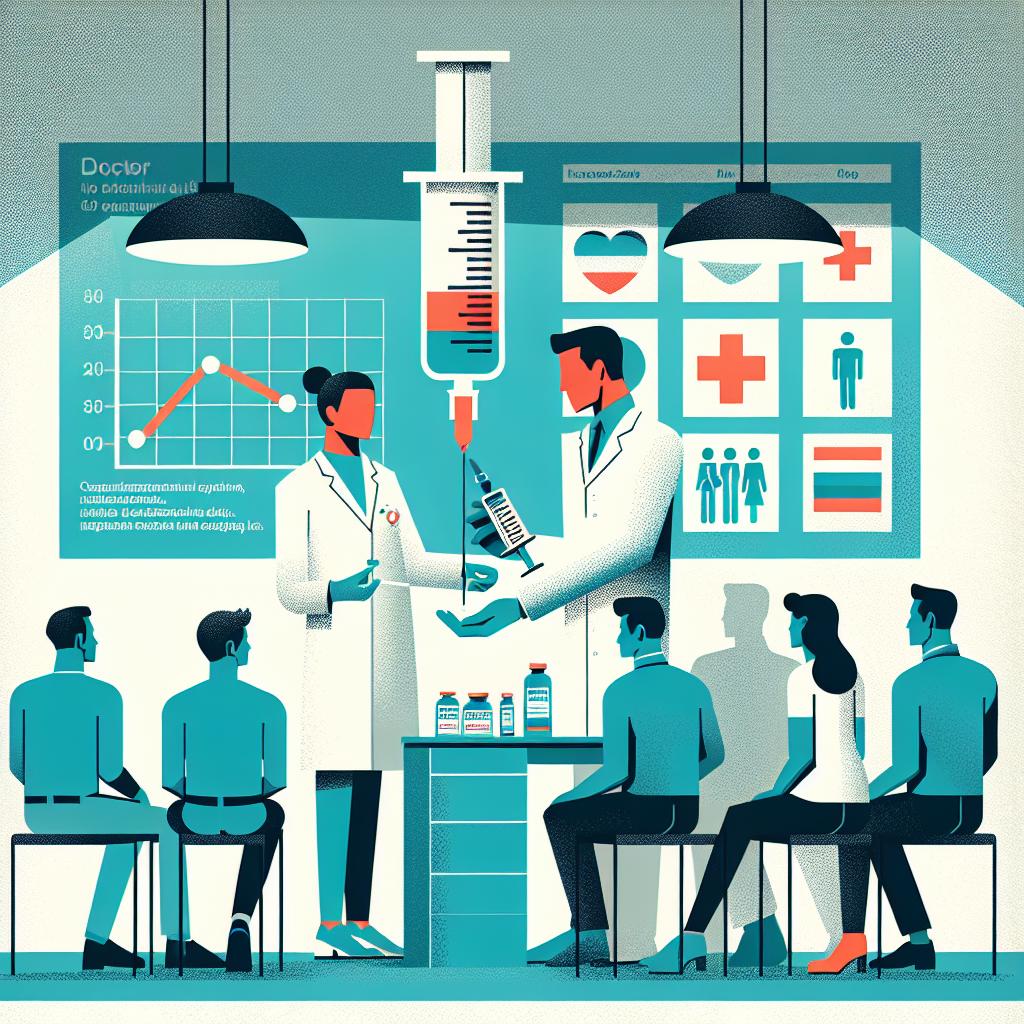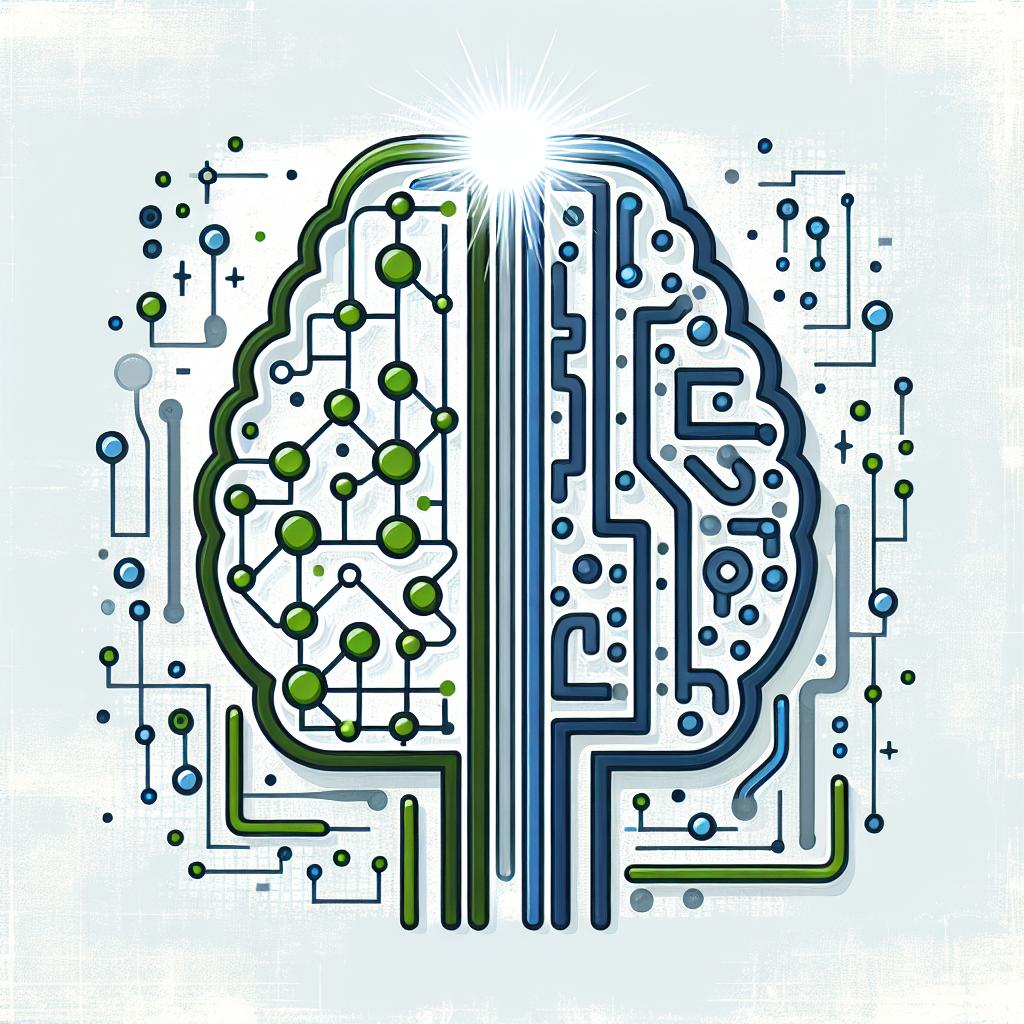
Gino News
quinta-feira, 6 de março de 2025
Chip Cerebral de Baixa Potência Promete Mais Controle para Pessoas Paralíticas
Pesquisadores desenvolveram um novo chip cerebral que, utilizando grupos maiores de neurônios e baixa energia, pode ajudar pessoas paralisadas a iniciar movimentos de forma mais autônoma. Esta inovação pode revolucionar o controle motor em indivíduos com limitações físicas.

Imagem gerada utilizando Dall-E 3
A tecnologia de chips cerebrais tem avançado rapidamente, levando a desenvolvimentos significativos que podem transformar a vida de pessoas com paralisia. Um novo design de chip foi criado, utilizando grupos maiores de neurônios e menos energia para detectar a intenção do usuário em iniciar um comportamento – como pegar um objeto. Se aplicado em humanos, essa tecnologia poderá oferecer maior autonomia na iniciativa de controle de movimentos.
Os sistemas implantados, conhecidos como intracortical brain-computer interfaces (iBCIs), têm se revelado decisivos para muitos que buscam recuperar algum controle motor. Essas interfaces funcionam por meio da inserção de matrizes de eletrodos no cérebro, permitindo a gravação da atividade neural. Essa comunicação elétrica entre neurônios é crucial para que os chips detectem sinais elétricos que podem ser traduzidos em comandos.
Os iBCIs atuais monitoram neurônios individuais, mas isso consome muita energia e é difícil discernir os sinais exatos de cada neurônio. Os pesquisadores, liderados por Daniel Valencia, desenvolveram um chip que monitora a atividade geral de grupos de neurônios, permitindo uma abordagem mais eficiente e menos dependente de energia. Com esta nova estratégia, o chip é ativado apenas quando a atividade neural sugere que o usuário deseja mover um objeto, o que reduz o consumo de energia significativamente.
O novo chip utiliza grupos maiores de neurônios para detectar intenções.
A tecnologia se destaca por sua eficiência energética.
Permite maior autonomia para usuários paralisados.
Reduz a complexidade do hardware e os riscos de cicatrização no cérebro.
Facilita a realização de tarefas de forma mais autônoma.
Os resultados obtidos pelos pesquisadores mostram que, embora os métodos tradicionais de iBCI tenham ligeira vantagem no desempenho, a nova abordagem baseada em LFPs (local field potentials) consome muito menos energia e reduz a complexidade do circuito de gravação. Esse avanço é fundamental para aumentar a viabilidade dos dispositivos a longo prazo e possibilitar o desenvolvimento de iBCIs mais avançadas e autônomas.
- Autonomia no controle motor. - Redução da complexidade técnica. - Possível aumento da durabilidade do dispositivo. - Impacto positivo na vida de pessoas com paralisia.
Esses pontos ressaltam as possíveis revoluções que esta tecnologia pode trazer para a qualidade de vida de pessoas paralisadas, permitindo que realizem tarefas cotidianas de forma mais independente. À medida que os estudos avançam, a expectativa é que mais progressos sejam feitos neste campo promissor.
Com a crescente evolução da tecnologia de chips cerebrais, as perspectivas para a recuperação do controle motor em pessoas paralisadas são bastante otimistas. Este avanço não apenas melhora a qualidade de vida, mas também pode abrir caminhos para novas aplicações em diversas áreas da neurotecnologia. É importante que os leitores continuem acompanhando esses desenvolvimentos e se inscrevam em nossa newsletter para receber mais atualizações sobre inovações que podem mudar vidas.
FONTES:
REDATOR

Gino AI
6 de março de 2025 às 16:53:15
PUBLICAÇÕES RELACIONADAS




